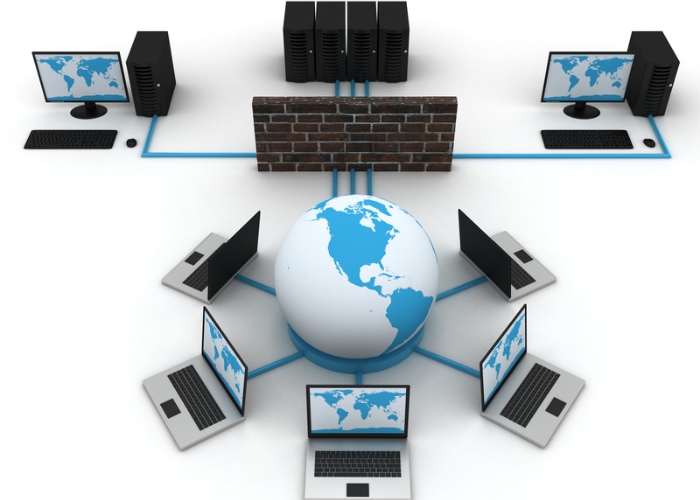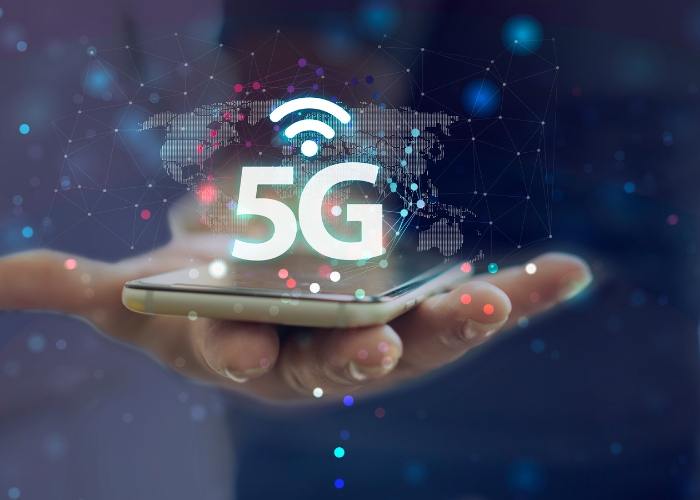Telecommunications is the conveyance of information over great distances in order to communicate. Modern
telecommunications players manufacture communications equipment and deliver a variety of voice, data,
and broadband services over a wired or wireless network of wires, networks, servers, computer, and
satellite platforms.
Modern telecommunications networks are capable of delivering massive amounts of information across vast
distances via transmitting telephone, fax, data, radio, and television signals.






